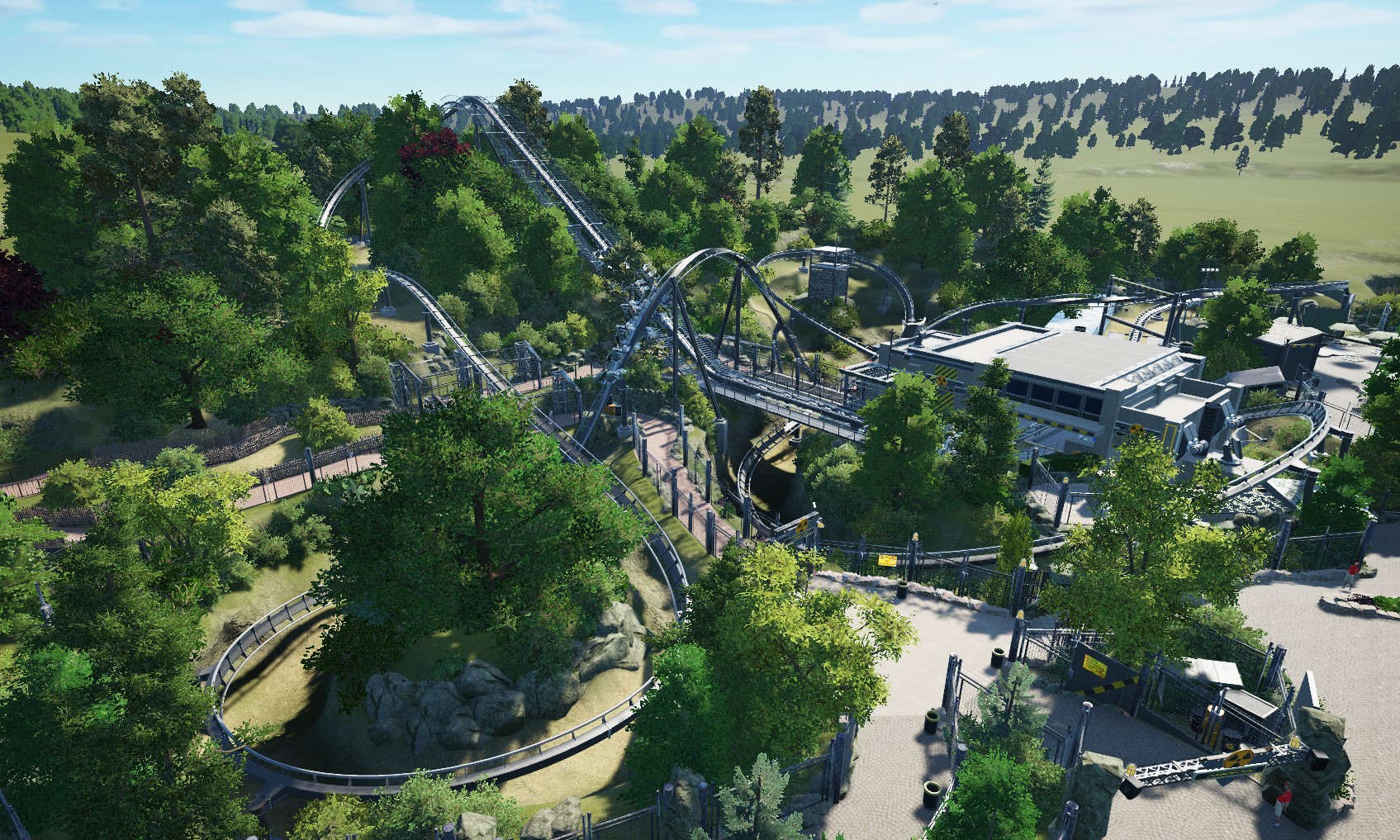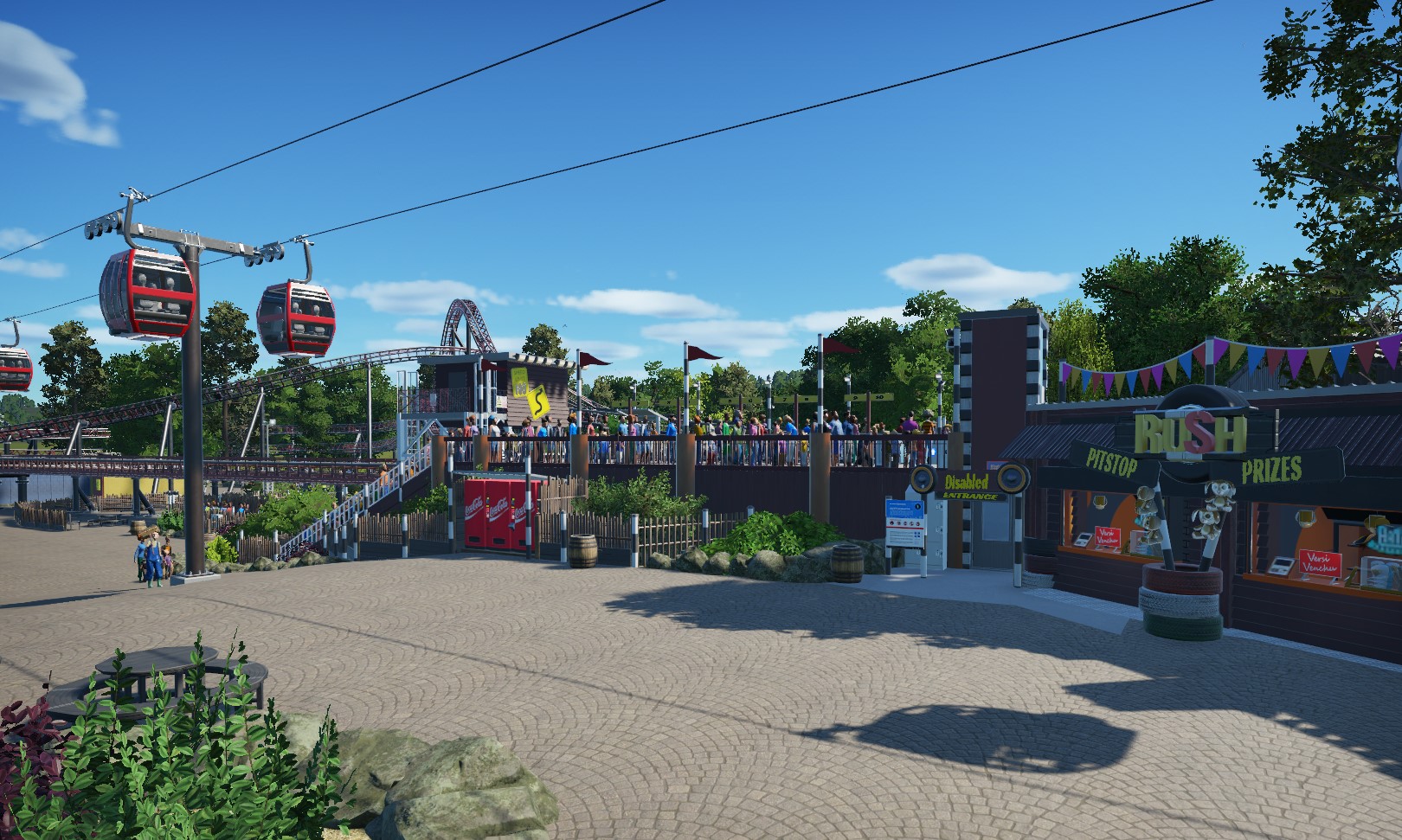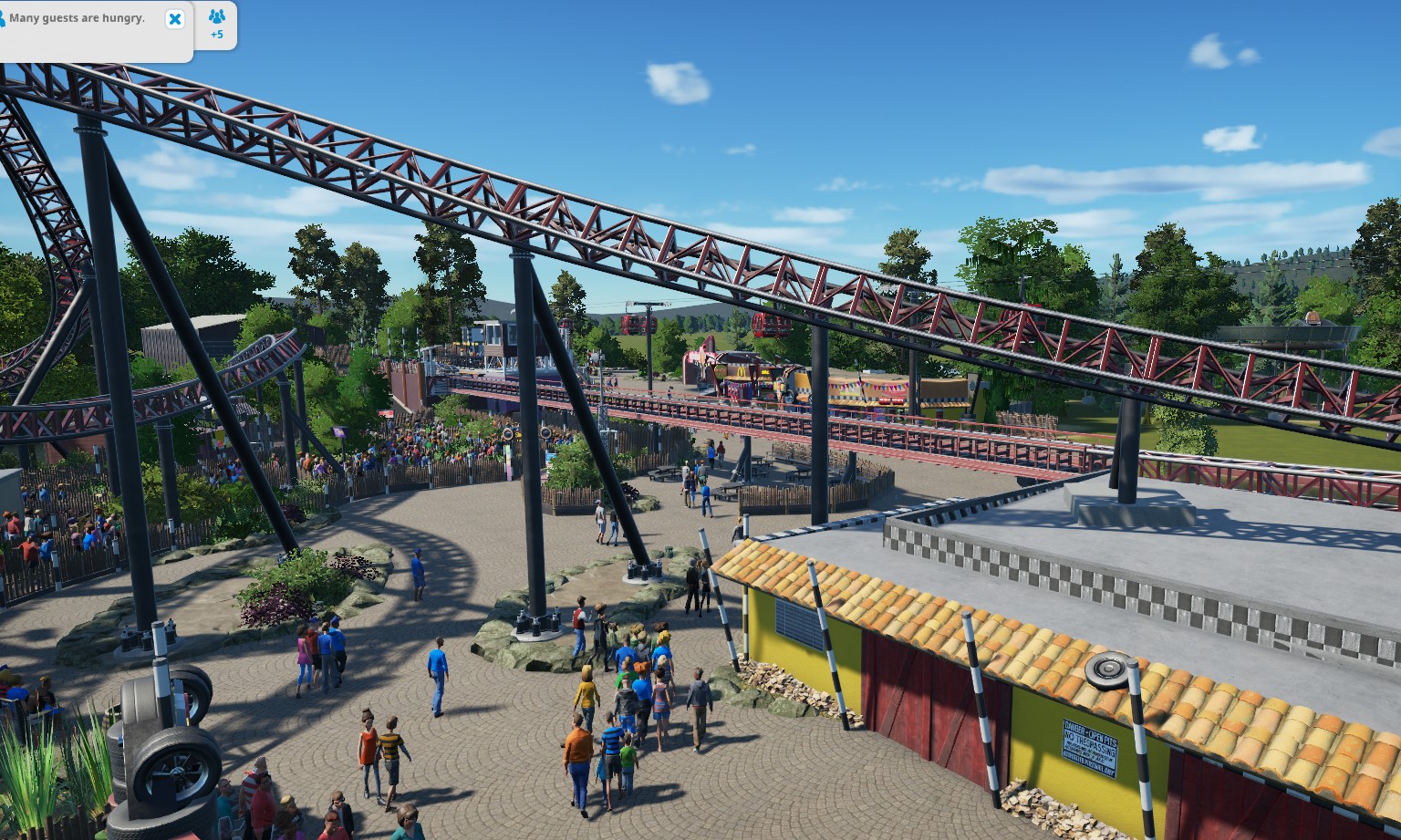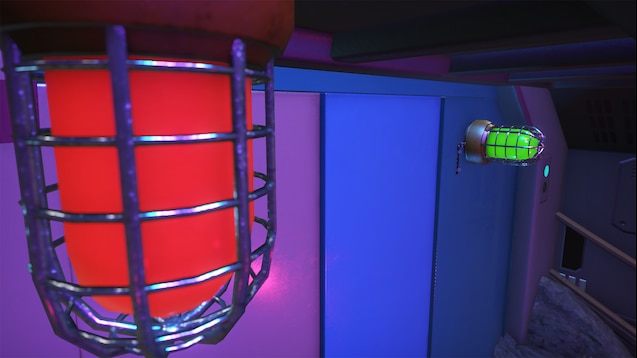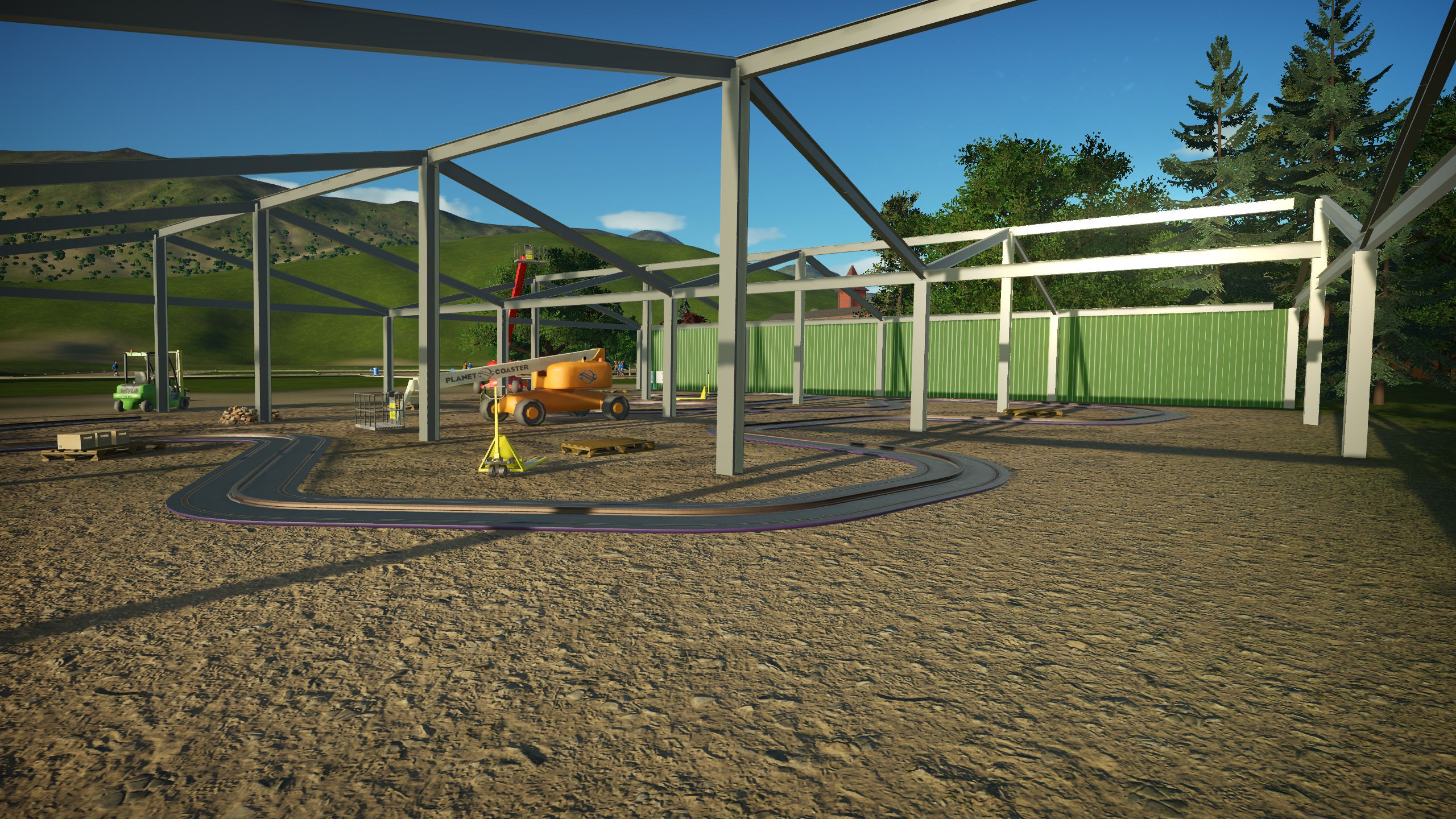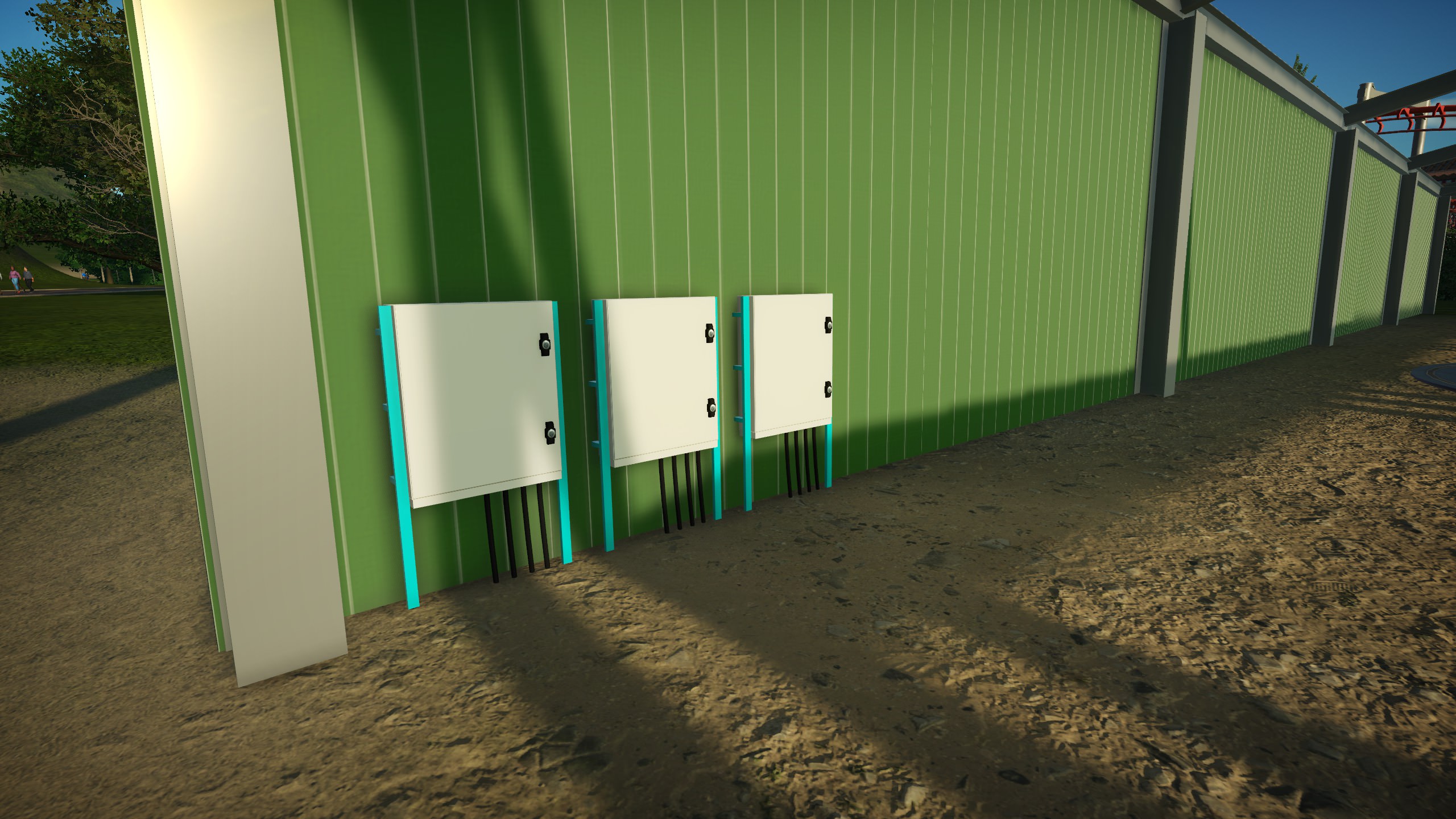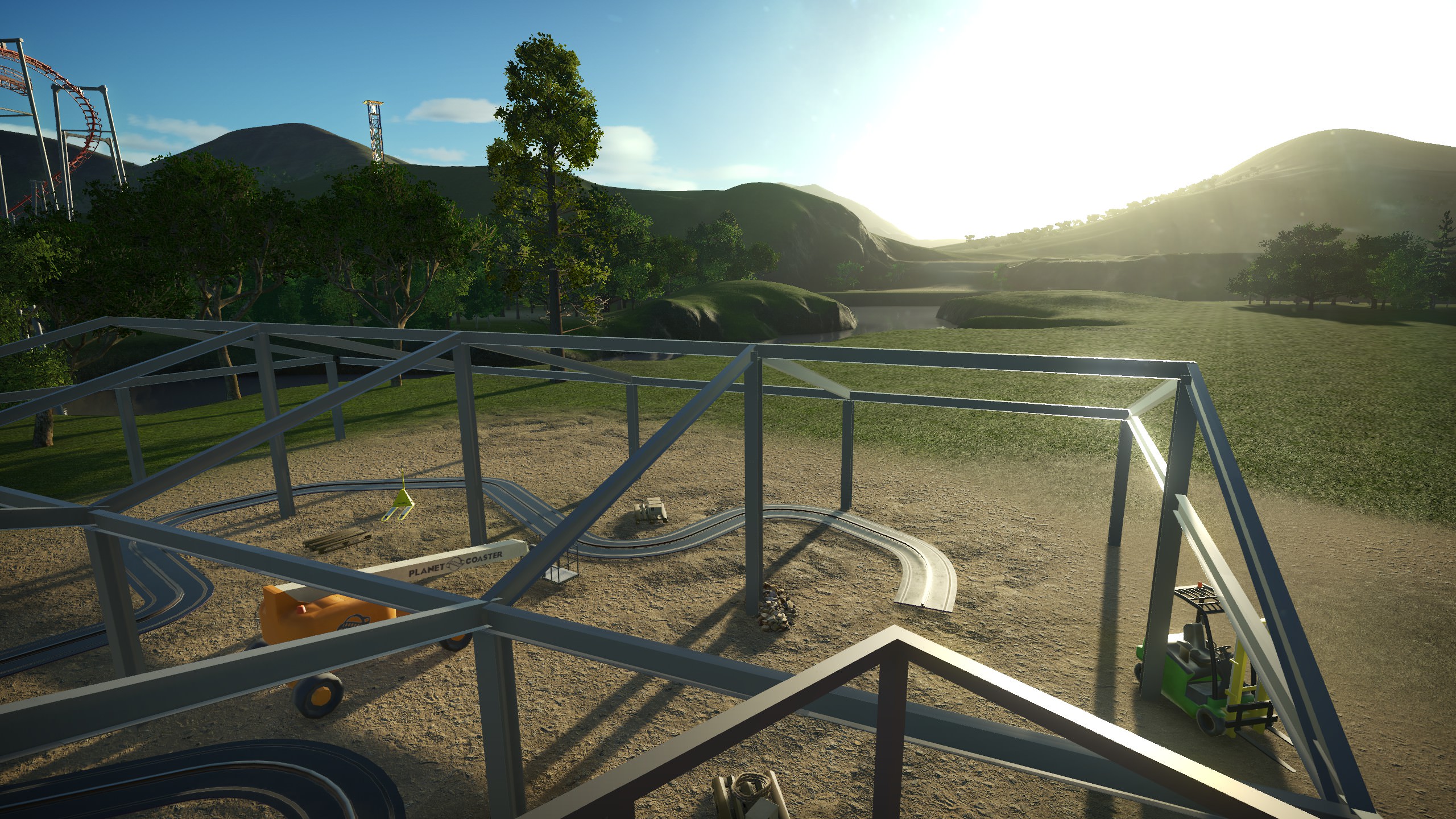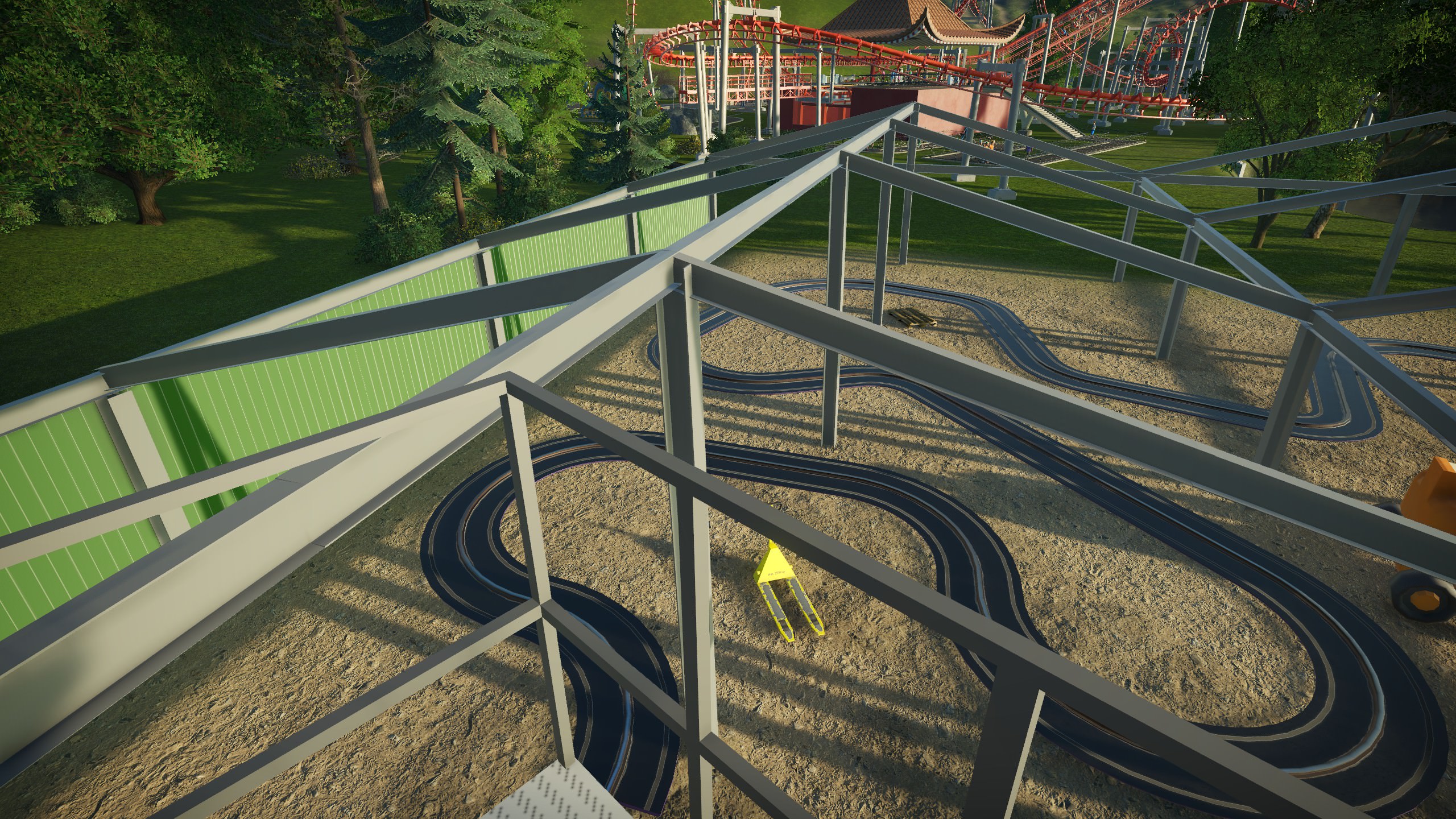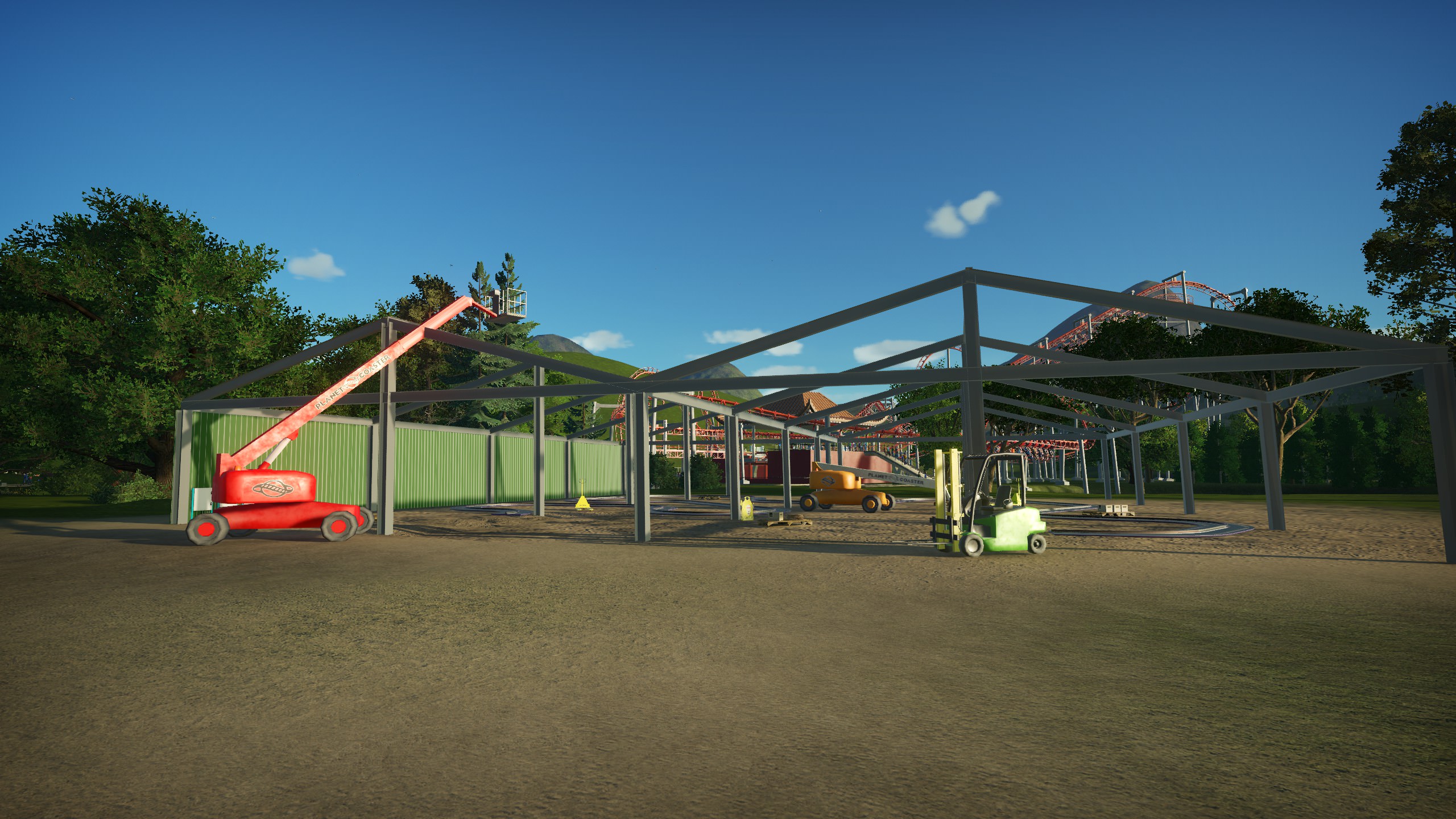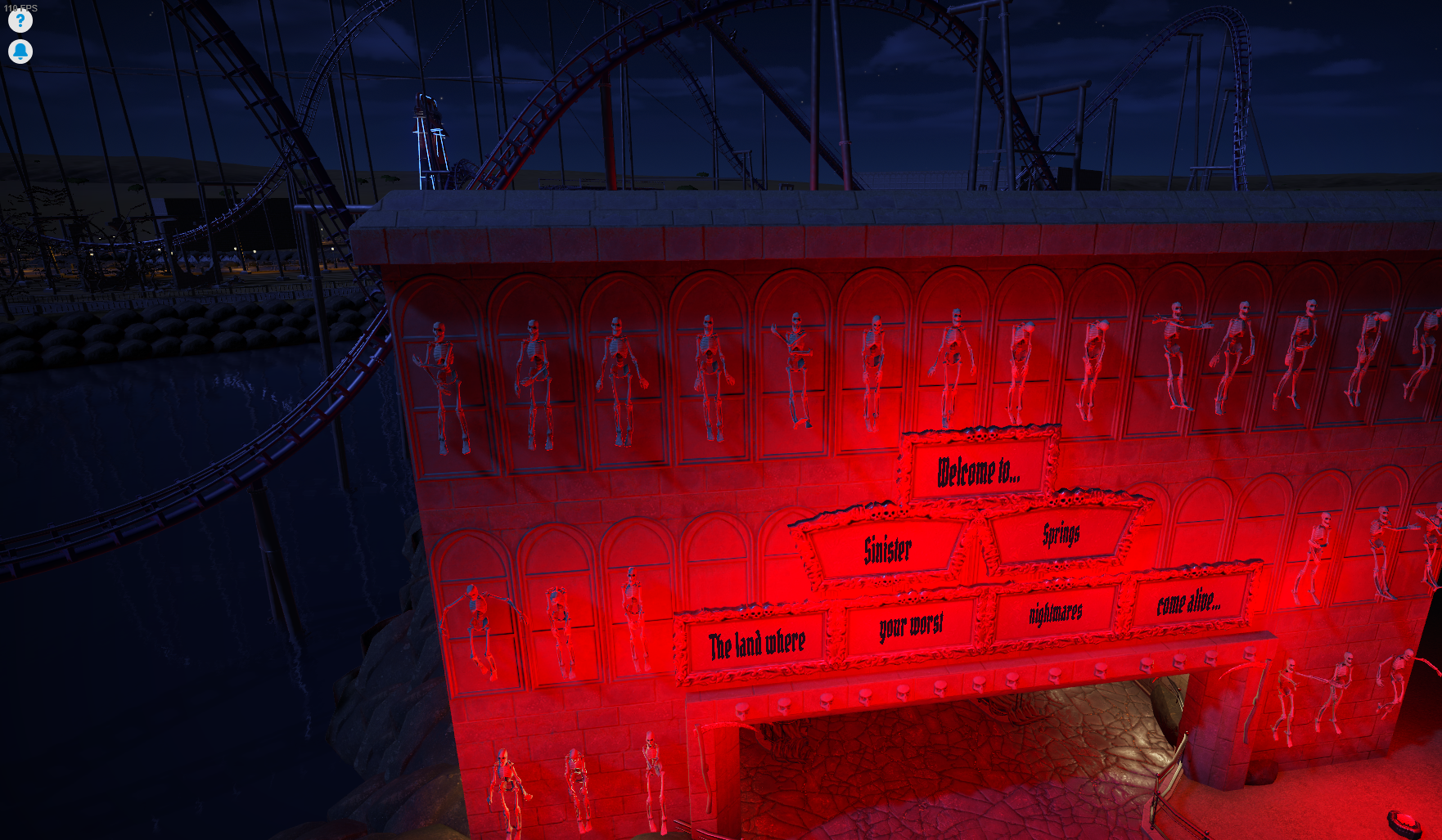DistortAMG
TS Member
- Favourite Ride
- POTC Disneyland Paris
Yeah as Tim said, there is no limit on PC. you can build as much as you like.
The thing is, the counter is not so much as Frontier protecting their product, it is a necessity on console, without it, the game would not be allowed to be on Microsoft's and Sony's console platforms.
Without going deep into computer science, it all comes down to the fact that non of the consoles utilise a virtual memory system. This is a problem, especially when it comes to games like Planet Coaster, where you can build unlimited. The more you add, the more memory is used. Without a virtual memory system, when the RAM allocation is used, the system will crash. It is a simple as that. One of the terms and conditions of getting a game onto the main gaming platforms is that your code / game, has to run stable, you cannot have any thing in the game that will cause a game or system 'fatal' crash. Without this limit, the game would crash for everyone after a certain point. Meaning when Sony and Microsoft were testing the game to certify it on their machines, they would have found this and not allowed it on. Frontier obviously know this, they have made games for the platforms before, hence the counter.
The reason why the bump from old gen to new gen is not a generational as some would like, boils down to the fact that the next gen Series S machine, still has 8GB RAM under the hood, the same as the previous gen Series S. Yes, it is much faster RAM, but the capacity is the same. The Series X and PS5 have a larger pool of memory to work with, but because the RAM is system wide unified, that extra RAM goes to drive the frame buffer to support the extra resolutions the top end next gen machines can output. The actual RAM allocation per game is the same, be it the Series S or Series X. If memory serves me correct, 5GB per game, with the other 3GB allocated to the Operating system, then any extra on the faster machines, to the frame buffer, that is set up by the console manufactures, and developers have no say over that. So the smaller extra amount of content is somewhat driven by the faster components in the machines, not because there is more RAM capacity to hold more objects at runtime. So that is why the jump in the counter is not as huge as people make out. If that makes sense.
It is a PC game designed around PC's, amazing that they have made it work on consoles full stop, especially as they have no virtual memory system. This sort of game is not at all your typical console game.
But PC's by their very nature have a very robust virtual memory system, so this sort of issue is not a problem. You can literally build, build build. Until you have no FPS because 9 times out of 10 you have so many objects that the DirectX API becomes the bottleneck holding back FPS, not memory or processing power.
The thing is, the counter is not so much as Frontier protecting their product, it is a necessity on console, without it, the game would not be allowed to be on Microsoft's and Sony's console platforms.
Without going deep into computer science, it all comes down to the fact that non of the consoles utilise a virtual memory system. This is a problem, especially when it comes to games like Planet Coaster, where you can build unlimited. The more you add, the more memory is used. Without a virtual memory system, when the RAM allocation is used, the system will crash. It is a simple as that. One of the terms and conditions of getting a game onto the main gaming platforms is that your code / game, has to run stable, you cannot have any thing in the game that will cause a game or system 'fatal' crash. Without this limit, the game would crash for everyone after a certain point. Meaning when Sony and Microsoft were testing the game to certify it on their machines, they would have found this and not allowed it on. Frontier obviously know this, they have made games for the platforms before, hence the counter.
The reason why the bump from old gen to new gen is not a generational as some would like, boils down to the fact that the next gen Series S machine, still has 8GB RAM under the hood, the same as the previous gen Series S. Yes, it is much faster RAM, but the capacity is the same. The Series X and PS5 have a larger pool of memory to work with, but because the RAM is system wide unified, that extra RAM goes to drive the frame buffer to support the extra resolutions the top end next gen machines can output. The actual RAM allocation per game is the same, be it the Series S or Series X. If memory serves me correct, 5GB per game, with the other 3GB allocated to the Operating system, then any extra on the faster machines, to the frame buffer, that is set up by the console manufactures, and developers have no say over that. So the smaller extra amount of content is somewhat driven by the faster components in the machines, not because there is more RAM capacity to hold more objects at runtime. So that is why the jump in the counter is not as huge as people make out. If that makes sense.
It is a PC game designed around PC's, amazing that they have made it work on consoles full stop, especially as they have no virtual memory system. This sort of game is not at all your typical console game.
But PC's by their very nature have a very robust virtual memory system, so this sort of issue is not a problem. You can literally build, build build. Until you have no FPS because 9 times out of 10 you have so many objects that the DirectX API becomes the bottleneck holding back FPS, not memory or processing power.
Last edited:


